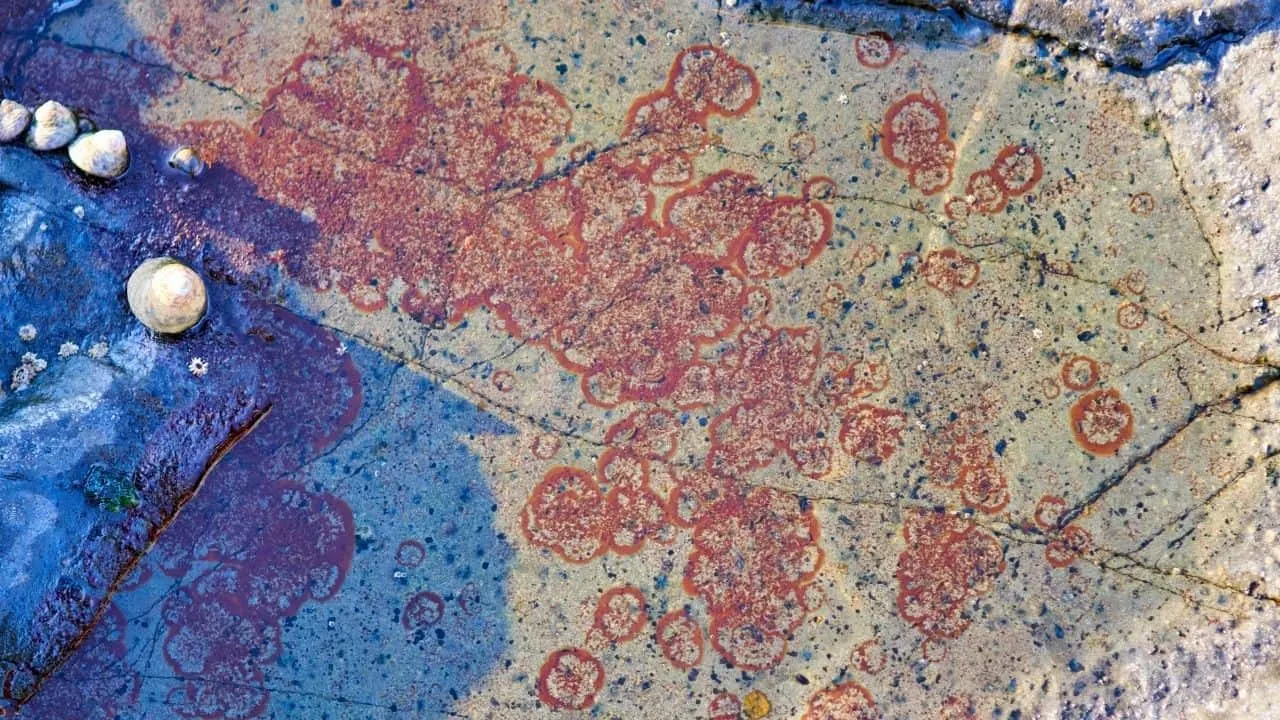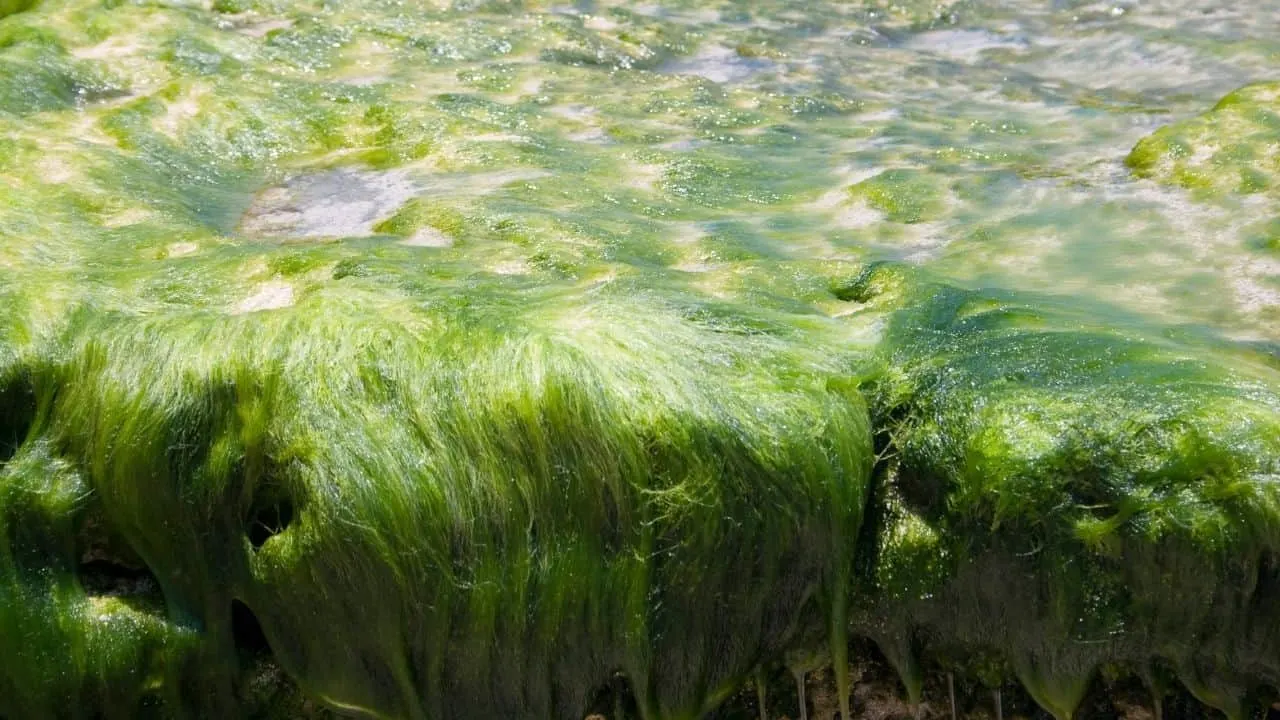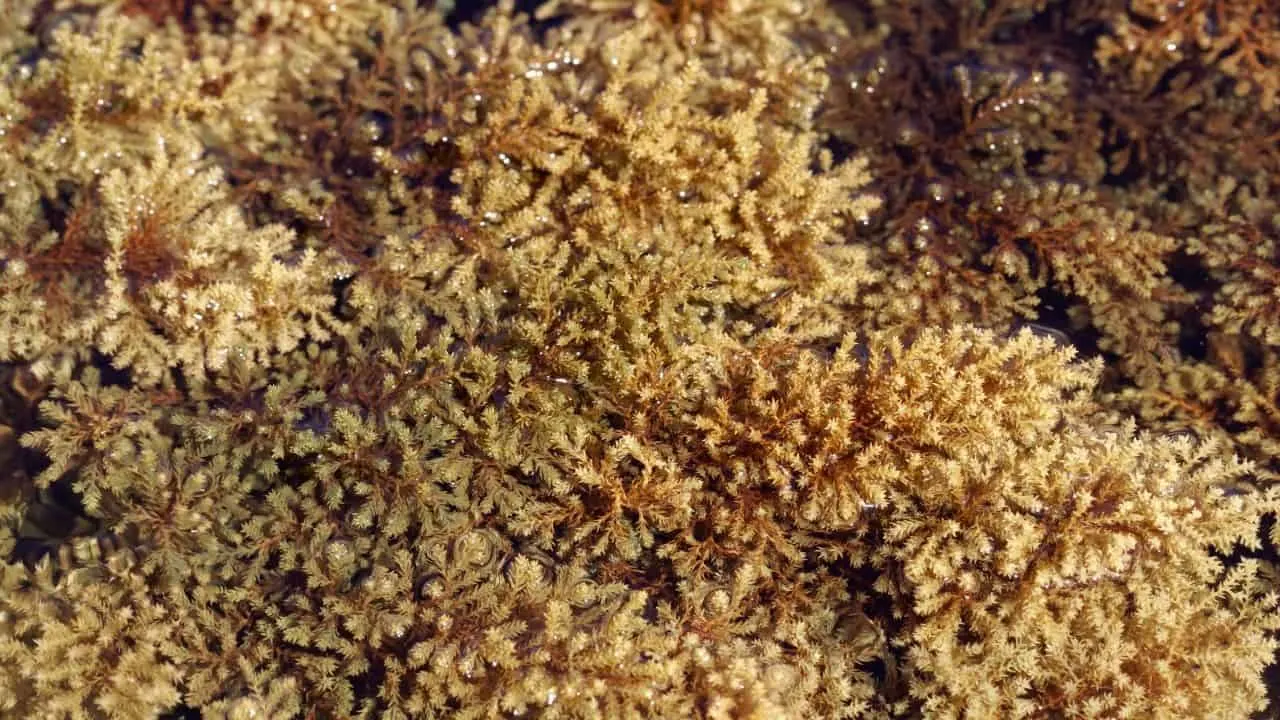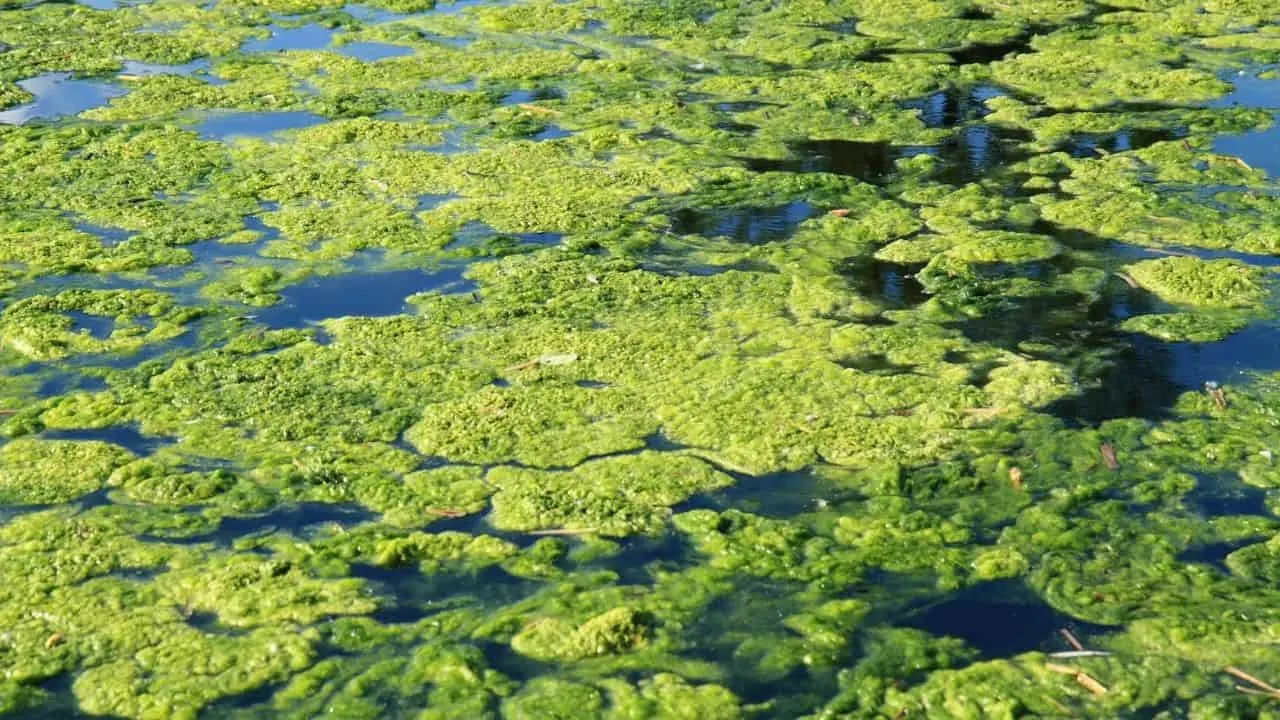There is absolutely no doubt that aquariums look stunning with all the vibrant colors used in their decoration, a wide variety of fishes in there, and the foliage.
It gives the space a natural essence and also looks aesthetic. Such aquariums are being widely used today to bring an appealing look and foster a sense of caring in individuals.
Table of Contents
How to Remove Algae from Aquarium Plants
The first step is to get rid of any visible dirt present on the foliage. Next, use an algae pad, to gently scrub the leaves with the newly bought algae pad. After scrubbing, apply a bleaching substance to minimize algae growth in the future and then rinse to give the leaves a natural appearance.
Steps to Clean Algae from Aquarium Plants
While cleaning regular algae is not a tough job, getting rid of stubborn algae that would just not leave its place can be quite exhausting.
To ensure that you will be satisfied at the end, you need to have a few products at hand, namely an algae pad, a conditioner, and a bleaching agent.
Also, remember that you can skip the upcoming steps if your algae are cleaned during any progressive step.
It is not a hard and fast rule to apply all methods until the end. However, for the toughest algae, the three products mentioned above are a must.
Rubbing
In this step, all you need to do is rub. Gently use your two fingers to scrape off as much algae as possible. To reduce the slimy feel on your fingers, you can certainly use latex gloves.
Using your two fingers, remove most of the algae and collect it in a container to avoid making a mess and prevent its spread.
Scrubbing
Being able to see algae on the foliage even after rubbing it thoroughly with your fingers indicates that your algae has been there for a long time and has become quite firm on its ground.
To tackle this, you will need the algae pad to scrub it off. The foremost benefit of using an algae pad is that it is made with safe ingredients for plants and creatures still residing inside the water.
Ensure that you do not use any dishwashing liquid or hand detergent as a substitute, as this will be hazardous for your fish.
Bleach
You should probably be satisfied by now after using the algae pad. If not, it might be time to get rid of algae with a bleaching substance.
To prevent bleaching the green leaves or ingestion by the fishes, make sure that you use the bleach as little as possible so that it does not disturb the tank’s inhabitants.
After using the bleach, all the algae spots should be gone from the aquarium and the glass edges.
It is recommended to use a conditioner after bleaching to give the leaves their natural texture and restore the strength of the tank water.
Different Kinds of Algae
Red Algae

It has the most unpleasant appearance and is the hardest to remove. This alga develops as a thick dirty layer or slime-like substance on the walls of the container.
Known as red algae due to its brownish-red color with a strong odor, this kind of algae badly affects the foliage, destroying the plants underneath.
Green Algae

This alga is called green not because it is green in color; instead, it turns the aquarium’s water to a bluish-green color.
If you have these algae in your aquarium, you need to take action as early as possible as it is highly hazardous for aquatic life residing in the tank.
Green algae decrease the oxygen level in the water, making it impossible for the fishes to breathe and survive,
Brown Algae

Brown algae are usually found at the bottom of the tank and on the tank’s edges.
This alga arises because of distilled water present in a newly-settled aquarium, which allows the growth of brown algae.
It grows in clean and stagnant water, which explains why it is found in new aquariums. However, cleaning this micro-organism is relatively easy as it only requires an algae scrubbing pad.
Green Water

This algae also turns the water to light green and disturbs light circulation for the plants and fishes inside the tank.
Frequently Asked Questions Regarding Removing Algae from Aquarium Plants
What are algae?
Algae is a non-flowering organism, typically found on top of plants living in watery bodies. Algae is commonly seen in large bodies of stagnant water.
Why do algae arise from aquatic plants?
The presence of algae is a common occurrence in aquatic plants, as these plants are not cleaned very often and are present in the water at all times. If the water inside the tank is always static and is not changed after regular intervals, algae will quickly develop on the foliage and the water.
What is the best tip to prevent algae growth in my tank?
Never let any debris remain in the tank. As soon as you see any foreign substance inside the aquarium, take it out. You never know the cause of algae in your tank, and sometimes, it can be foreign items such as tissues, stones, or even hair.
How often should I clean the tank?
The best practice is to clean the tank every week so that no debris can reside in the tank for a long period. However, if once a week is not possible, you can push your limits to once every ten days.

Daniel has been a plant enthusiast for over 20 years. He owns hundreds of houseplants and prepares for the chili growing seasons yearly with great anticipation. His favorite plants are plant species in the Araceae family, such as Monstera, Philodendron, and Anthurium. He also loves gardening and is growing hot peppers, tomatoes, and many more vegetables.


